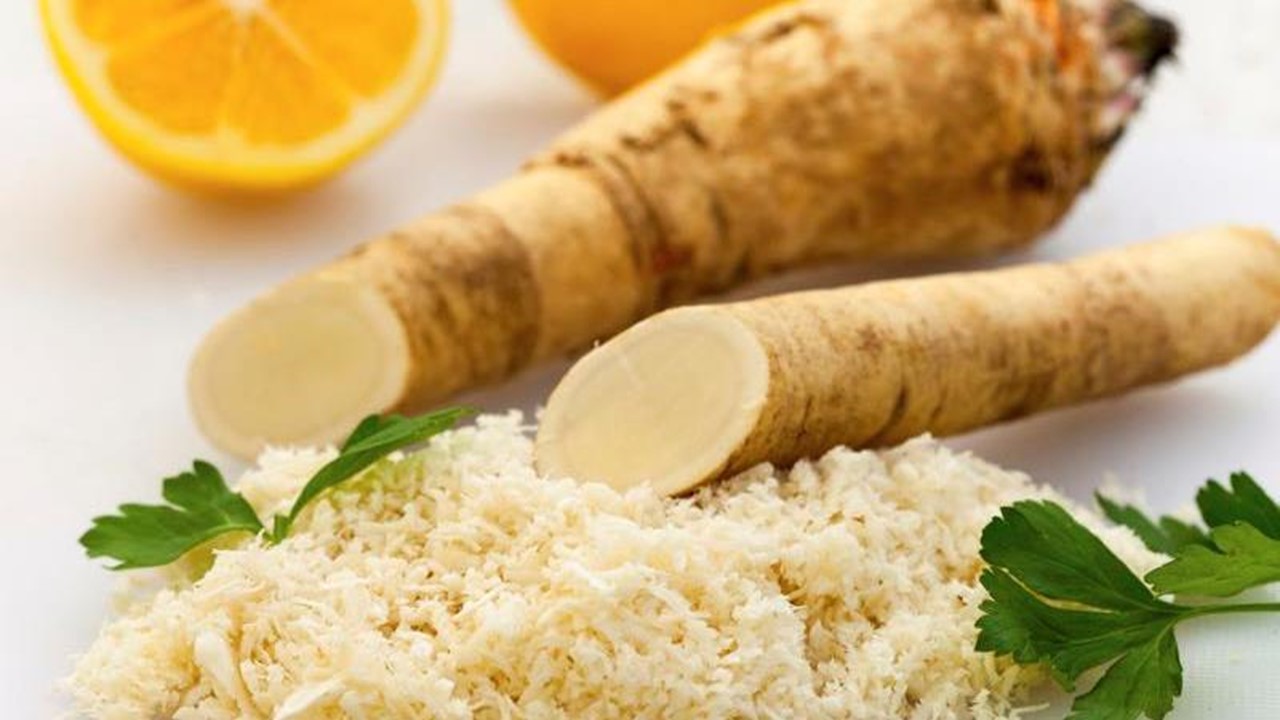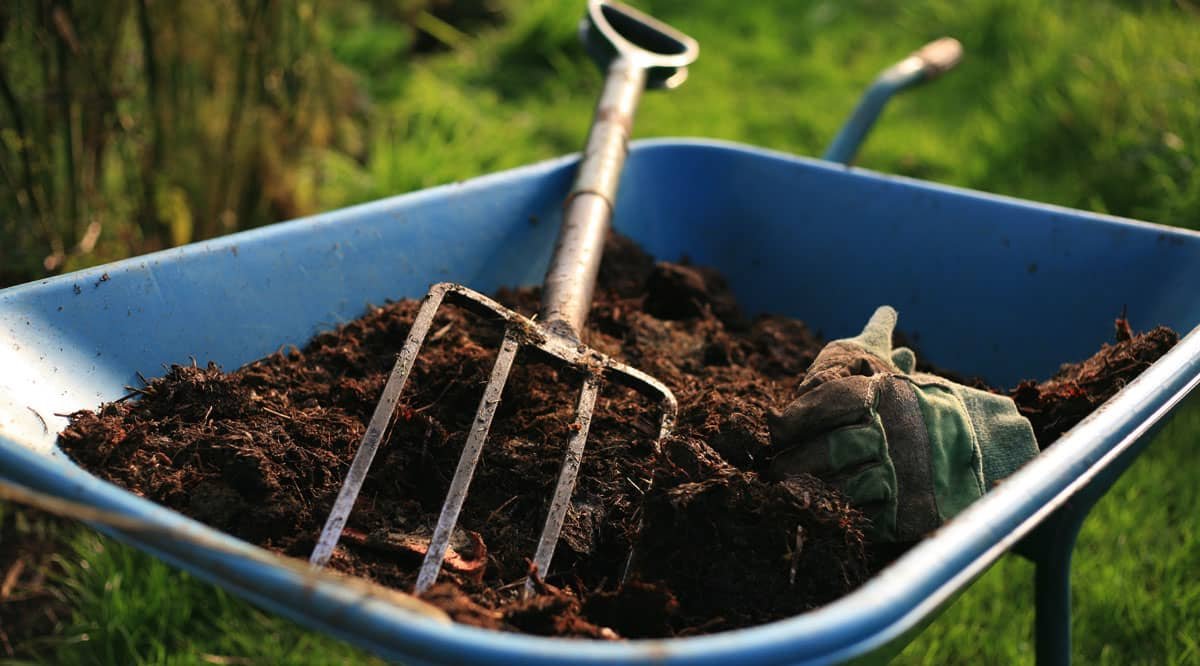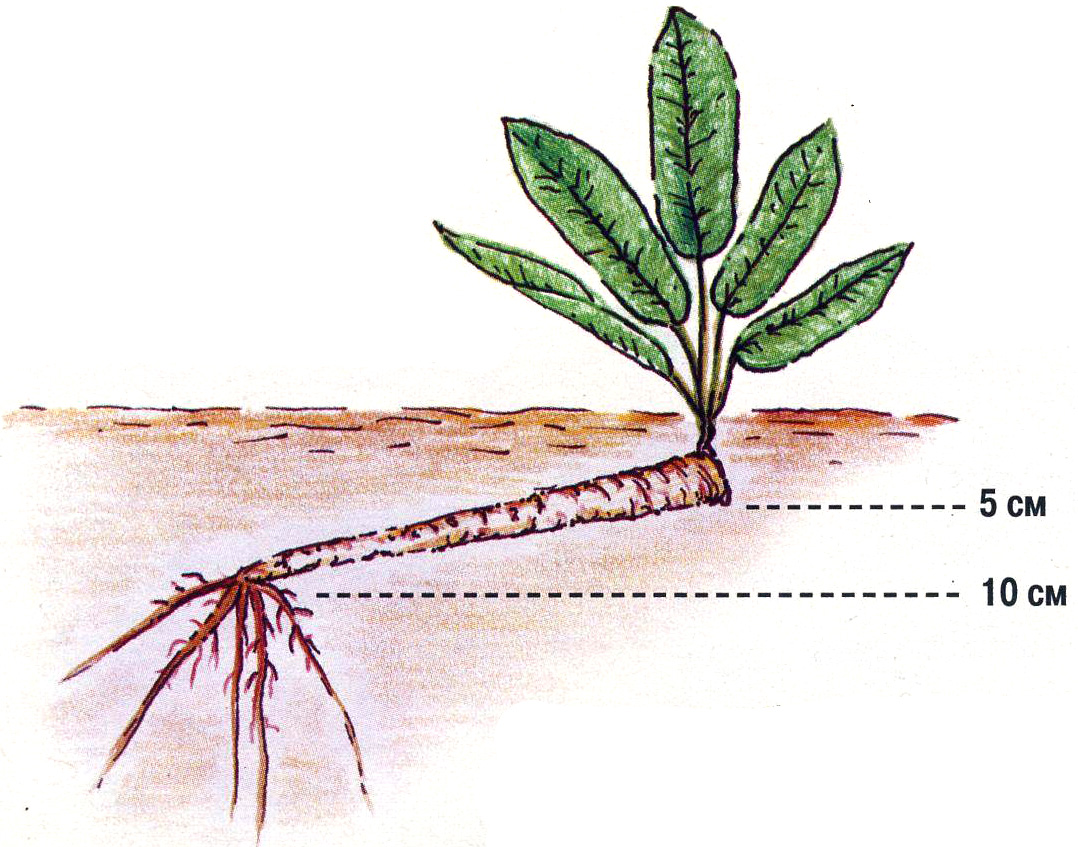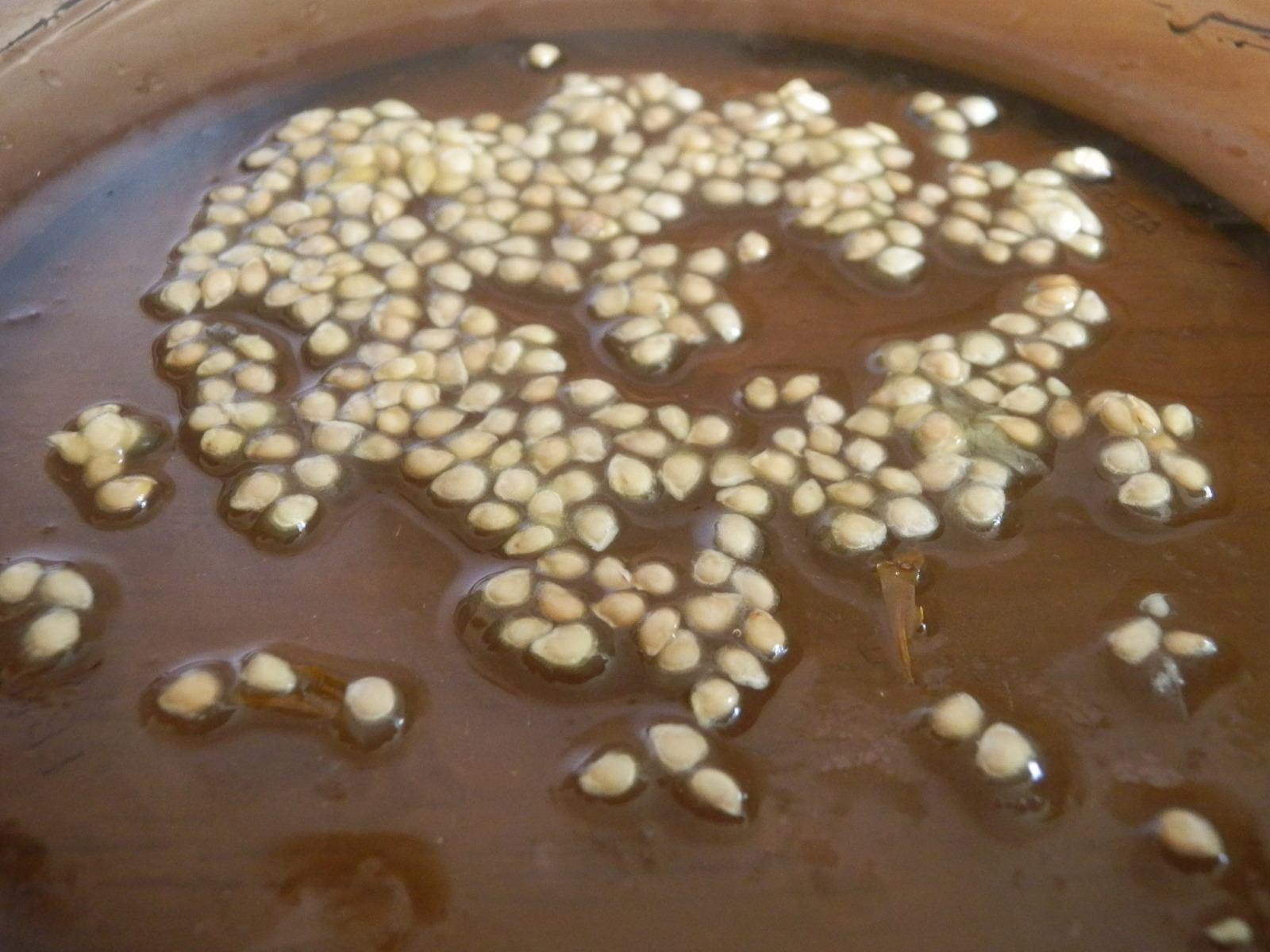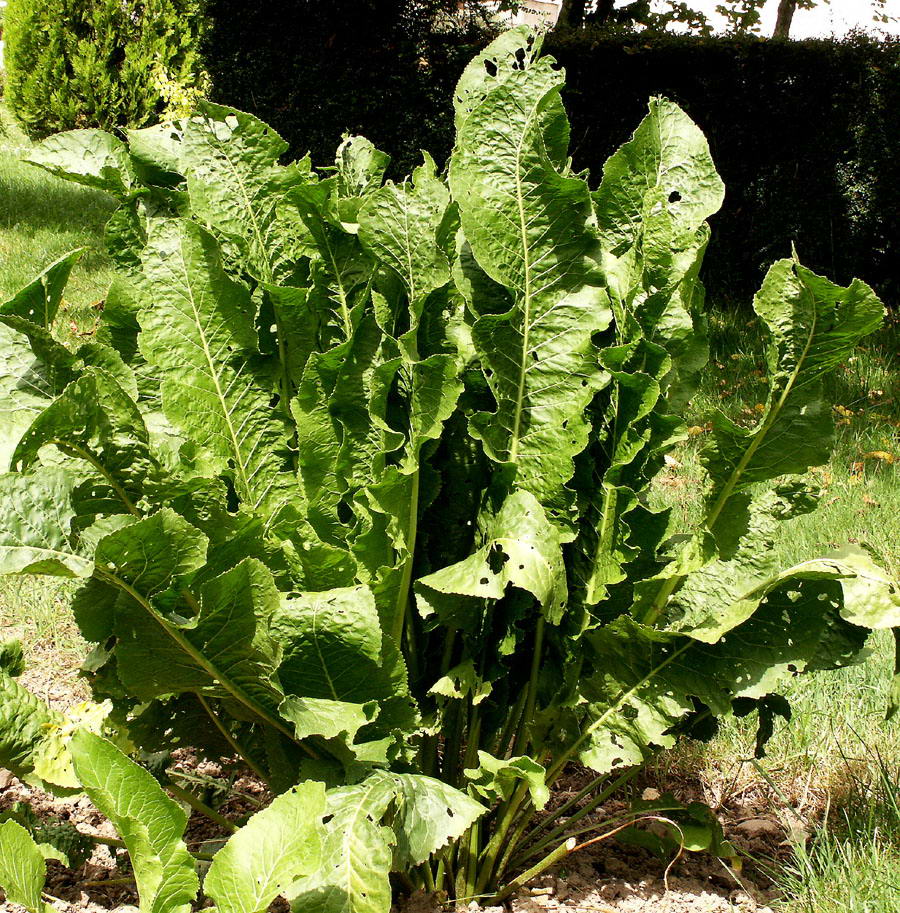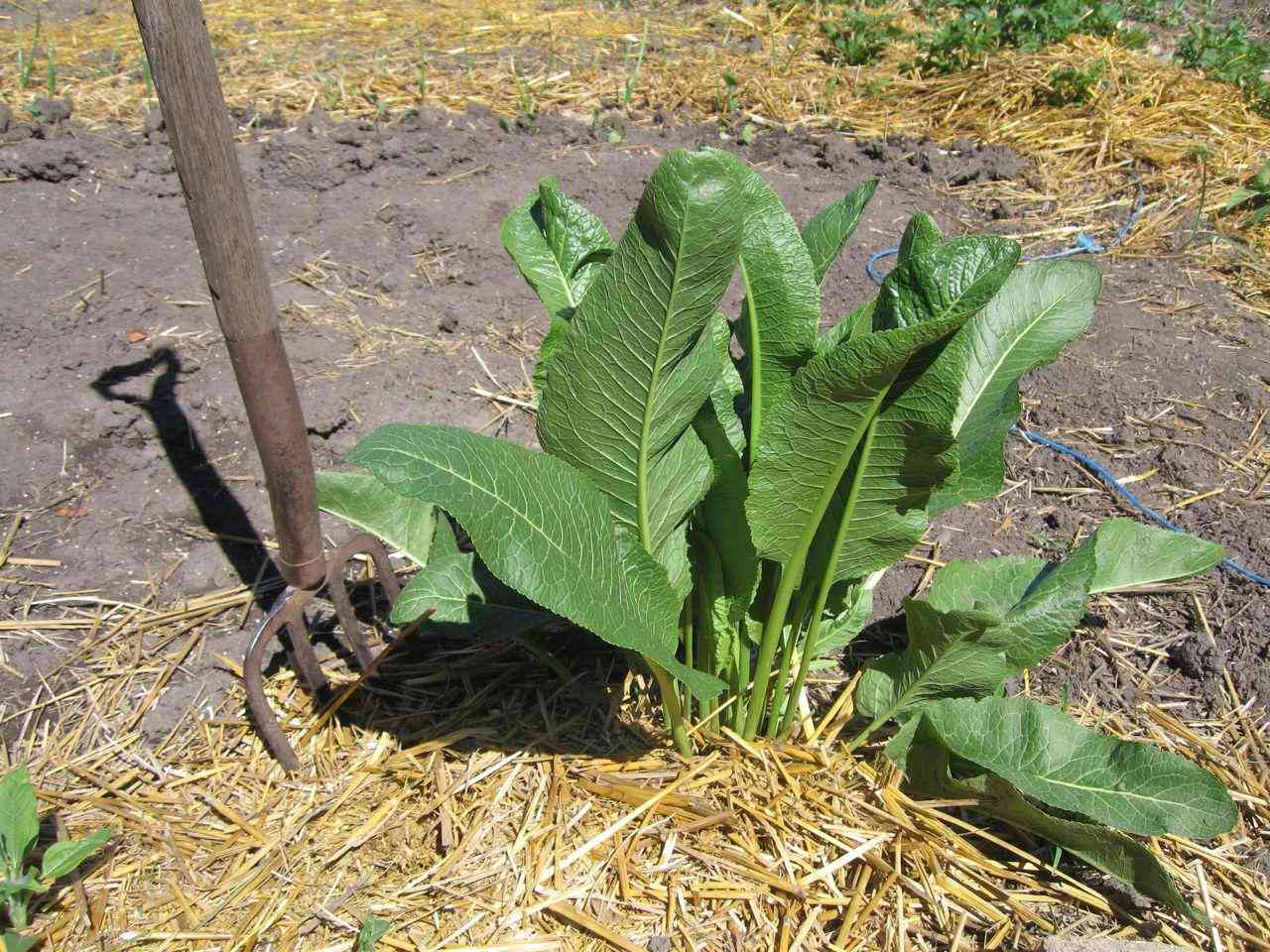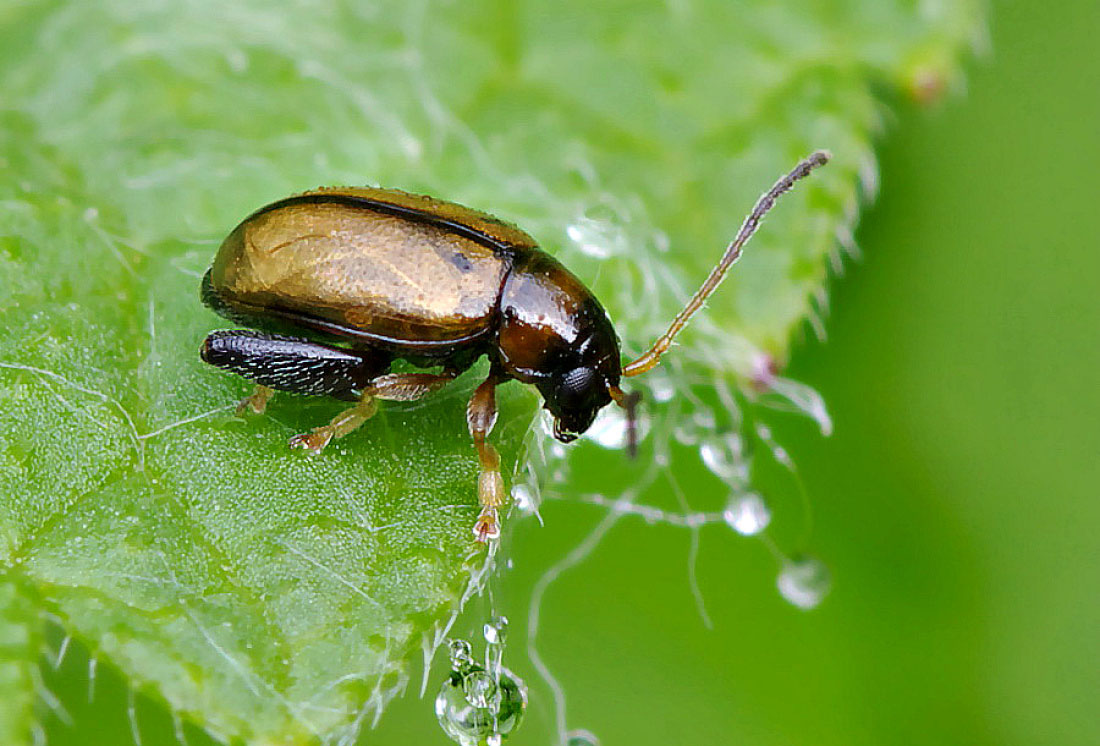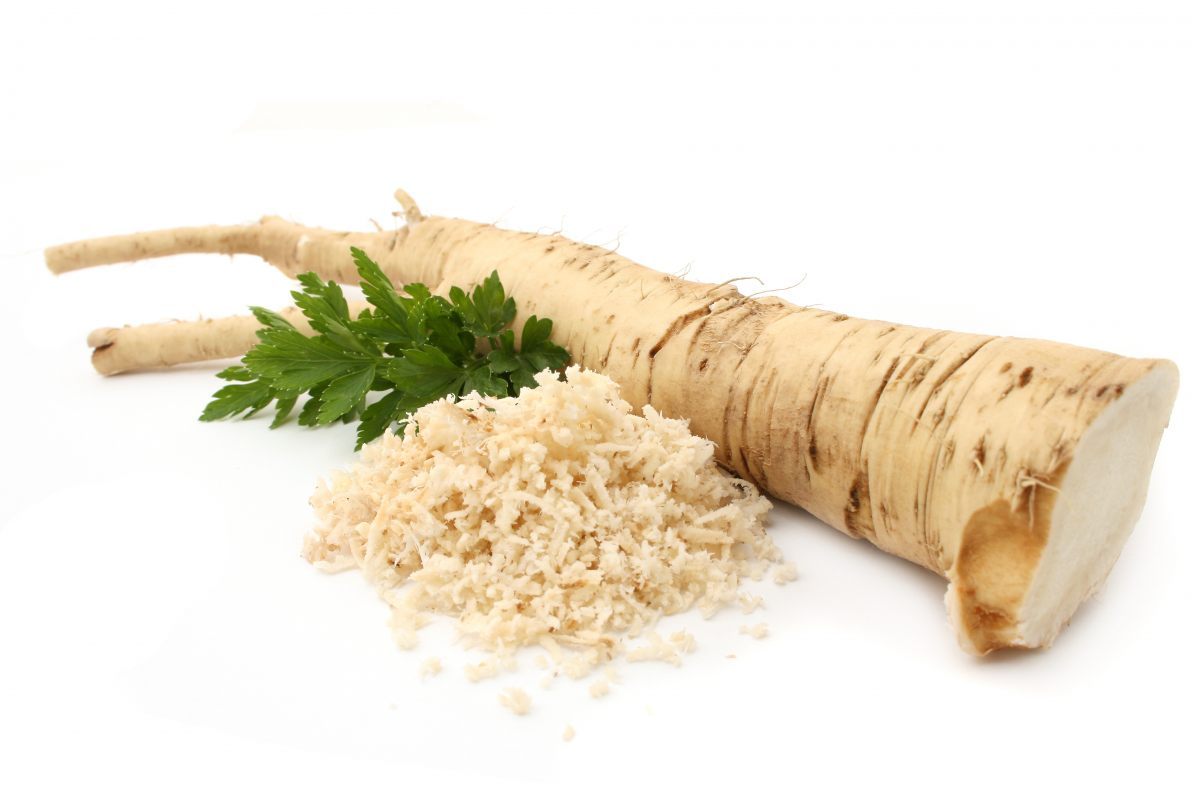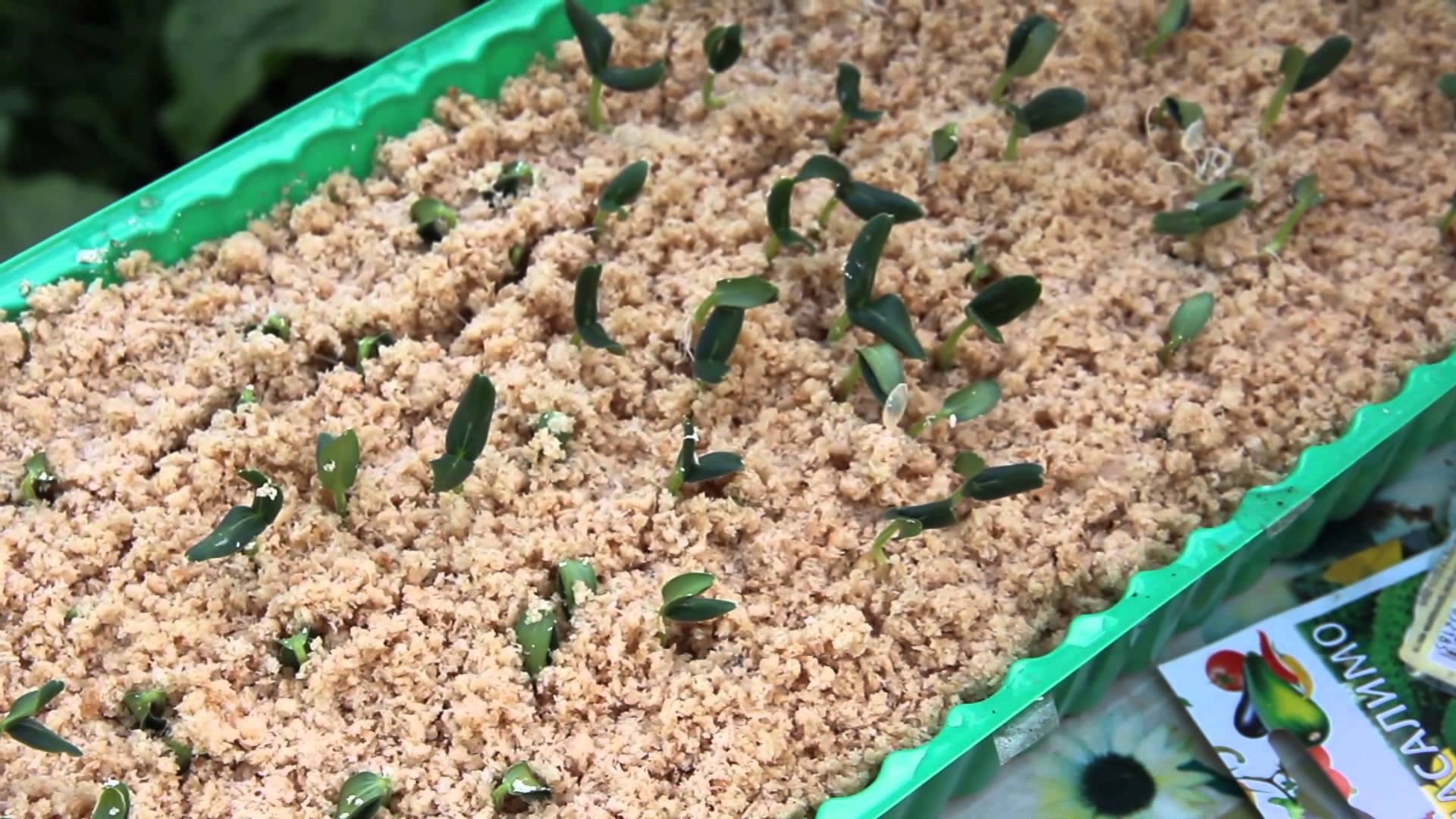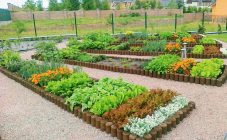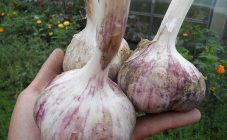Content:
A garden crop like horseradish is one of the most common plants in many summer cottages. The growth of this planting is able to fill every centimeter of free space, both on the ridge and throughout the entire territory near it. Most gardeners believe that when this plant gets to a summer cottage, it is completely impossible to breed. However, eating horseradish can bring tangible benefits to human health. In addition, the homemade fruits of this culture are widely used in the preparation of seasonings and dishes served as a snack. Unobstructed sprawl allows seasoned gardeners to turn horseradish growing into a small business. Due to its simplicity in growing in open ground, horseradish breeding is available even for inexperienced gardeners.
Agricultural techniques for growing
Despite the unpretentiousness of planting to the conditions and the ability to germinate, like a weed plant, obtaining a rich harvest will require compliance with some agrotechnical recommendations.
Horseradish germinates on any soil characteristic of any kind of backyard. However, table horseradish must be grown in a light soil, sufficiently enriched with vermicompost.
Before planting horseradish in spring, you need to decide on the type of suitable soil for breeding table horseradish, the most suitable of which are:
- biohumus;
- black soil.
In conditions of dense and weighted clay soil, the development of the root part slows down, becomes too branched and forms a large number of root appendages. However, if you transplant table horseradish into conditions of excessively light sandy and sandy loam soil, the root of this culture instantly becomes woody and loses the rich spicy taste characteristic of the fruit.
Good illumination of planting this plant will contribute to better growth and the acquisition of a greater pungency of taste. Before planting horseradish, it is necessary to select an open area of the territory, on which the sun's rays freely fall.
To plant horseradish, a ridge is dug into the ground, the depth of which is about 35 centimeters, into which the necessary fertilizers are then applied.
Fertilizers that can be fed in order to increase yields can be both organic and mineral:
- mullein;
- peat;
- compost;
- superphosphate;
- saltpeter;
- potassium chloride.
How to propagate horseradish
Seed propagation cannot be called characteristic of horseradish, therefore it is carried out vegetatively. Two years after planting horseradish seeds, flowers appear, but there are practically no fruits and seeds. A stalk of a centimeter thickness is cut from an annual plant, about 26 centimeters long. The roots, from which buds, branches and lateral processes are to be removed, must be completely healthy. A fragment of a thin stem part that has an apical bud can also be used for planting - the long root can be cut.The bundles collected from the harvested material of the cuttings are placed in a cold room. From above, everything is covered with dry sand or sawdust.
Germinating horseradish from seeds
The time for sowing seed is the end of autumn. The distance between planting seeds, which must be observed, is 8 centimeters, the row spacing is slightly less than one meter. Resistance to frost allows them to germinate with the onset of warming up to + 5 ° C air temperature.
Autumn sowing can be replaced in another way. Seeds that need to be placed in a container with wet sand in compliance with a ratio of 1: 3 must be placed in a basement room or refrigerator for three months. The planting material should be regularly mixed and sprayed.
After that, the container must be moved to a warm room with an average air temperature of + 21 ° C.
After the appearance of two sprouts, the seedlings are pricked. You can transplant a germinated seed to a permanent place one and a half months after this procedure. At this point, the stem is overgrown with 4 leaves.
With the seed method of planting horseradish, the distance between the plants should be about 35 centimeters, and between the rows - about 65 centimeters. The first season is characterized by the slow development of the bush and the formation of only one leaf rosette. The rapid growth of the plant begins in the early spring period of the next season with the appearance of the first greenery, in which the correct growth of the planting is carried out at an accelerated pace. You can dig up the rhizome at the end of the third season.
How to plant horseradish seedlings
Before spreading the cutting, it is cut across at the top and obliquely at the bottom. Two weeks before planting, the cuttings are placed in a warm room and covered with a damp cloth or peat is placed on top. Each stalk can be dug to the ground during planting, observing an oblique downward slope. The buds are removed from the sprouted horseradish, which sprout on the middle part, preventing them from multiplying.
The lower and upper buds, which should continue to grow, are left on the shoot, since the root part multiplies from the lower ones, and the leaf rosette develops from the upper ones.
The process of planting horseradish in open ground:
- Before you plant horseradish, dig up the soil to a depth of 35 cm;
- Apply fertilizer (compost bucket, wood ash or mineral);
- Water the ridge;
It is best to cultivate horseradish in soil where the following crops have germinated:
- tomatoes;
- cucumbers;
- potatoes;
- any kind of legumes.
Planting of this culture can be carried out during the following periods of the horticultural season:
- mid-April;
- summer;
- fall.
- Planting cuttings willclimbs into loose soil conditions;
- The planting peg must be inserted into the ground at 35otilt;
- Remove the aforementioned landing gearallowance;
- Place the root in the prepared groove, observing the placement toaxial cut downward;
- Apical renal part atit is poured with earth by 4 centimeters;
- Compact the earth to speed up the rooting process of cuttings.
Horseradish care
The answer to the question of many summer residents, how to grow horseradish correctly, contains the idea that a necessary condition for caring for this garden crop is timely weeding and periodic loosening of the soil. In order to prevent the soil from drying out with the onset of dry weather, it is necessary to water the plant.
A week after the table horseradish planted by cuttings grows, the earth is loosened with a hoe to a depth of 10 cm. When shoots appear, the depth is approximately doubled. When the plant is 24 centimeters tall, the soil is loosened again to a depth of 10 centimeters.
To fertilize the planting, which should be carried out once every month, it is necessary to prepare the essence from 40 grams of mineral fertilizer, diluted in a bucket of water. Irrigation procedures are carried out in hot weather. Water consumption is 4 liters per scale of 1 m2 of planting area.
Factors such as the following can harm the process of growing horseradish in the country:
- powdery mildew;
- cruciferous fleas.
Fighting foci of the spread of these insects should be done with a spray essence prepared on the basis of 100 grams of ground red pepper and 200 grams of mustard powder, diluted in 10 liters of water.
Harvesting table horseradish
A sign that you can start harvesting is the yellowing of the foliage at the bottom of the plant.
The extracted roots are freed from the leaves and branches from the sides. The root fruits harvested in this way are placed for storage in a box covered with sand, which is placed in conditions of + 2 ° C temperature.
Table horseradish is a very widely consumed garden crop growing in almost every Russian summer resident, so everyone knows how to properly grow horseradish in the garden. Any desired variety of this root can be grown not only by a professional agricultural technician, claiming to be an industrial scale cultivation of this crop, but also by an ordinary person. Compliance with agronomic recommendations on how horseradish can be planted to obtain high yields, despite the ability of the crop to grow like a weed, will provide gardeners with a crop of a very useful plant product that is simply impossible not to love.
